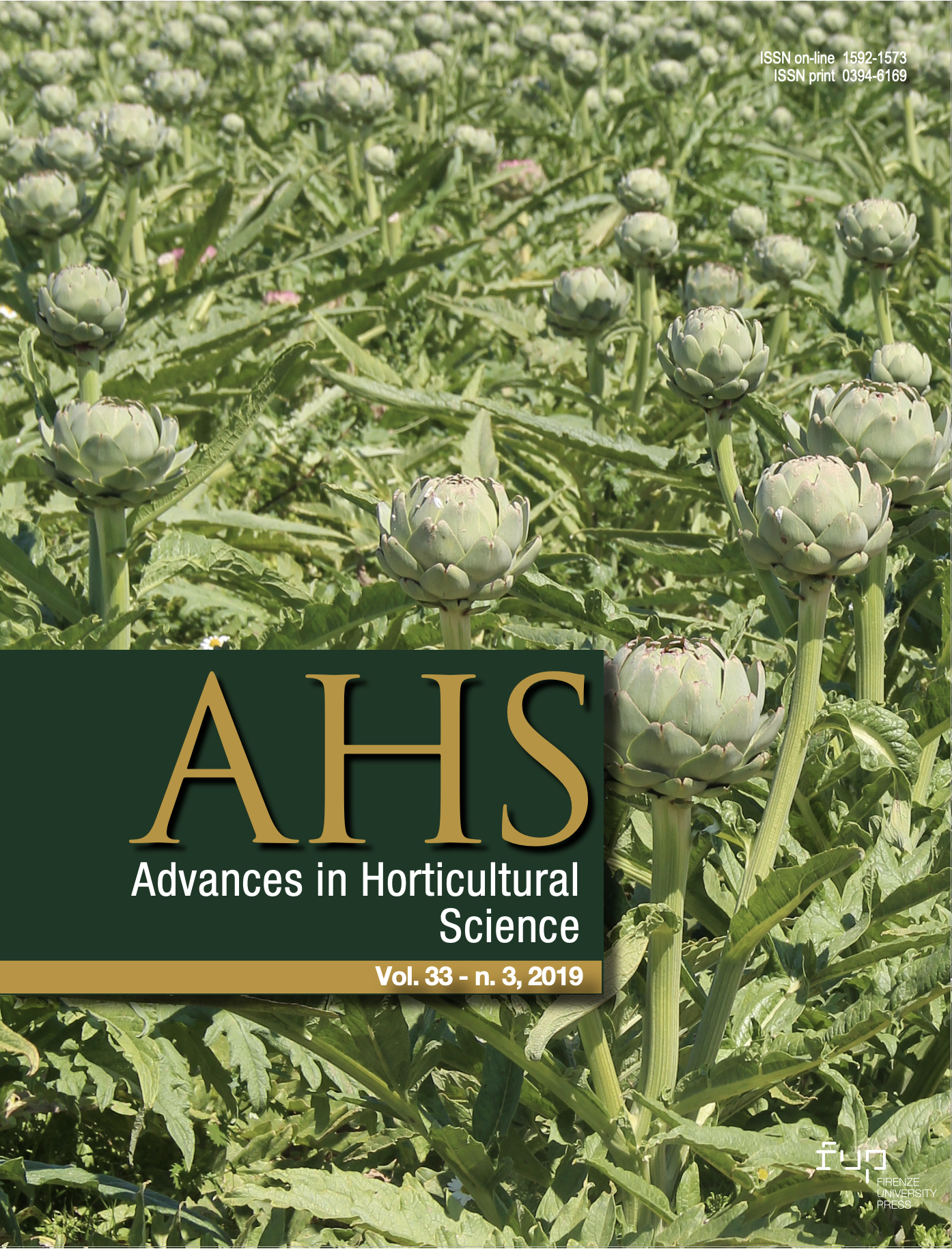Climate change effect on the bud break and flowering dates of the apple trees in mountainous and plain regions of Algeria
Published 2019-10-29
Keywords
- budburst,
- flowering,
- Golden delicious,
- modelling,
- temperature
How to Cite
Abstract
Global warming is a strongly felt reality in recent years in Algeria. The fruit trees crop is particularly exposed to the impact of this warming, especially apple trees. A comparative study has been realized between a chronological daily temperature series from 1980 to 2016, and phenological data series (budburst and flowering) from 2000 to 2016, regarding the apple tree variety of Golden Delicious in two zones of Northern Algeria, Sidi Lakhdar (town of Ain Defla, in an altitude of 211 m) and Benchicao (town of Médéa, in an altitude of 1133 m). Some contrasting tendencies according to sites and periods have been demonstrated: very significant warming at Sidi Lakhdar site in autumn and spring, in particular in October and April, disturbing thus the entrance of the buds in the endodormancy and ecodormancy. The result is a late action of the cold until February, which proved to be insufficient. However, no average warming has been demonstrated at the Benchicao site, where the temperatures between November and January were cold enough to satisfy the need of cold units and raise the endodormancy. It seems that the failure to fulfill the need of cold units at Sidi Lakhdar site has strongly affected the goodness of fit of the classic phenological models, confirming indirectly the existence of more complex physiological processes (not taken in consideration by models), which manifest themselves in limited zones such as Sidi Lakhdar site.






